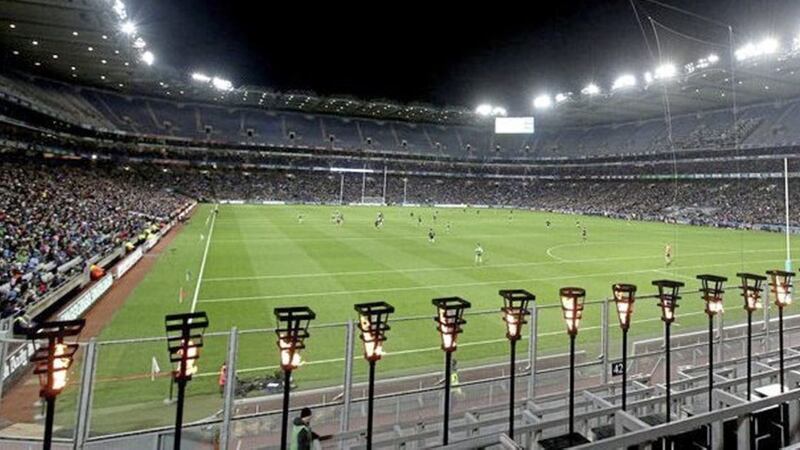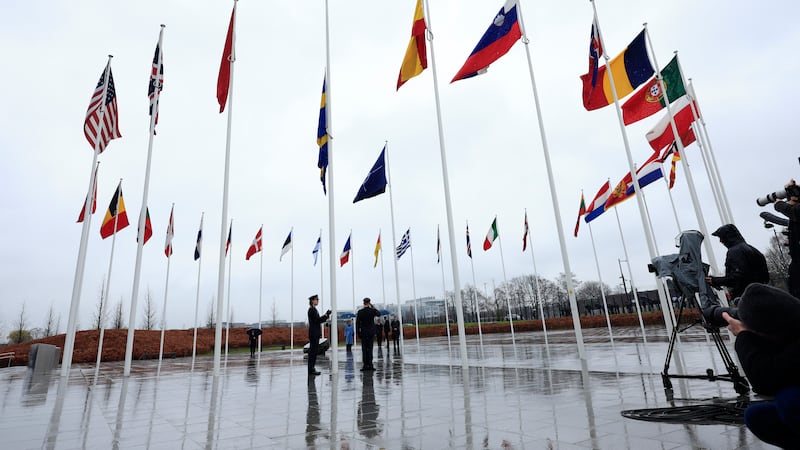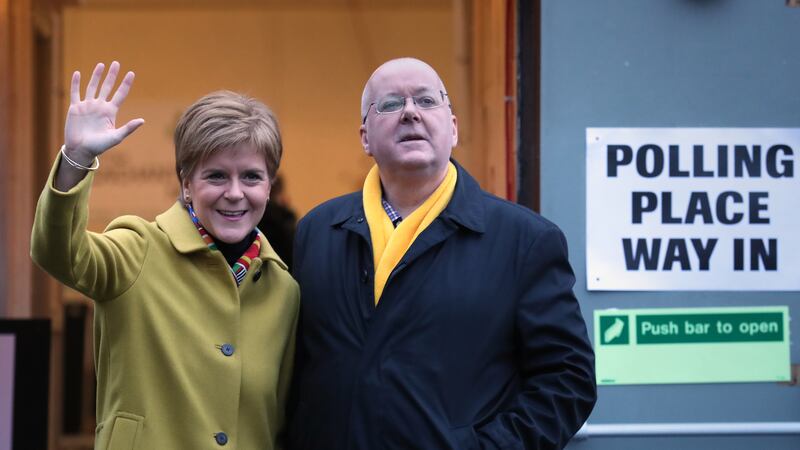THE GAA will today unveil a monument today in honour of one of the victims of the Bloody Sunday atrocity at Croke Park in 1920.
A ceremony will be held at the final resting spot of John William Scott, who was one of 14 people killed when British forces opened fired at the stadium.
The troops opened fire on the crowd at the Dublin-Tipperary game on Sunday 21 November 1920 during the War of Independence. In addition to those killed, at least 60 were injured.
Today, on the 98th anniversary of the atrocity, the GAA will unveil the monument on the grave of John William Scott in Glasnevin Cemetery in Dublin.
Aged just 14, he suffered a fatal gunshot wound to the chest while attending the match.
From Fitzroy Avenue in the shadow of the stadium, he was one of three children killed in the tragedy and has, until now, been among eight of the victims to be without formal recognition at their final resting place.
Uachtarán CLG John Horan will unveil the monument as part of the GAA’s Bloody Sunday Graves Project, which has been identifying the graves of those killed.
It will be the fourth grave out of the eight to have been acknowledged with plans in place to honour the four remaining victims in unmarked graves between now and the Centenary of Bloody Sunday in 2020.
Flags at Croke Park will fly at half-mast and the names of those killed will be displayed on the stadium screens to coincide with when the first shots were fired at the crowd and players.
Bloody Sunday was seen as part of a reprisal for the killing of 15 British Intelligence officers earlier in the day.








